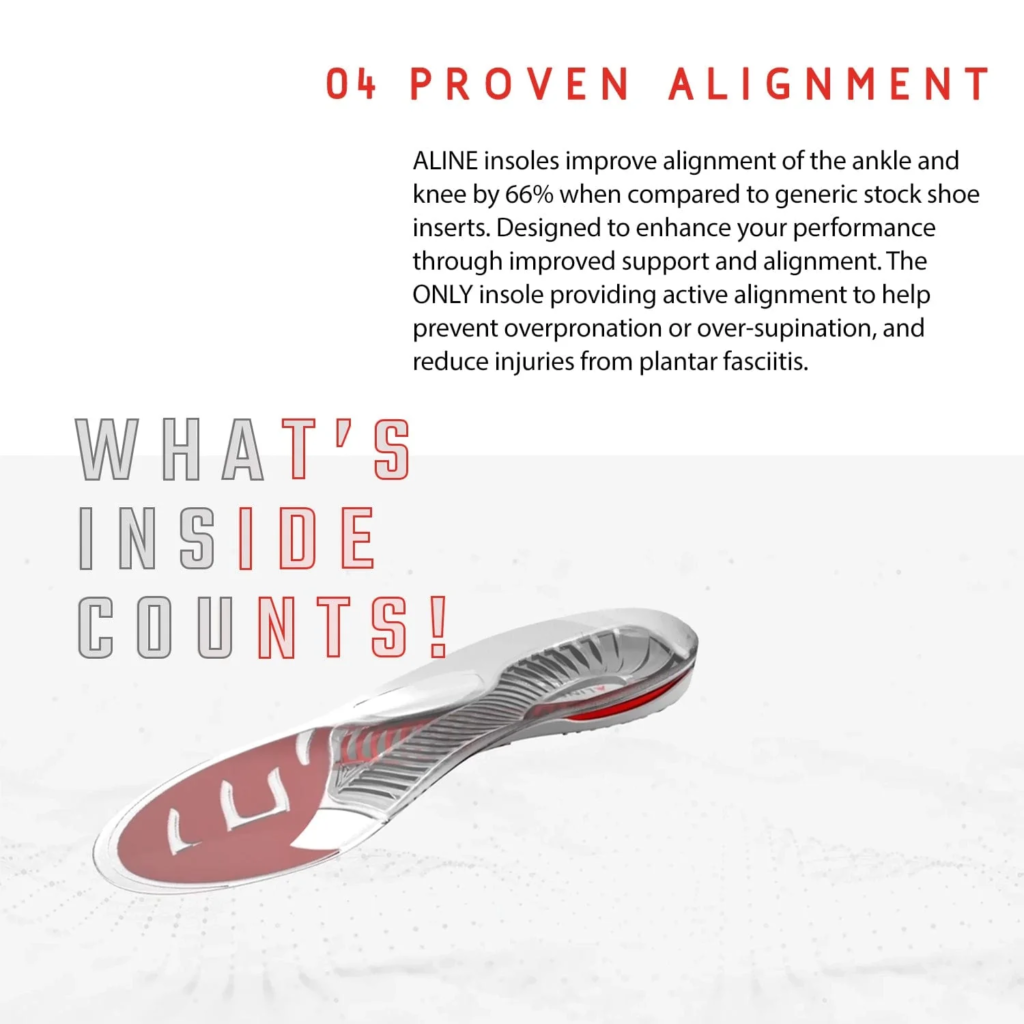If you have high arches, finding the right insole can make a world of difference in comfort, support, and overall foot health. With the right insole, you can reduce foot pain, improve posture, and even enhance athletic performance. But with so many options available, how do you know which insoles are best for high arches? In this guide, we’ll help you navigate the choices and select the perfect insole for your unique needs.
Understanding High Arches and Their Impact on Feet
High arches, or “pes cavus,” create an elevated arch that affects the foot’s structure and stability. People with high arches often experience foot pain, as the weight distribution is uneven, leading to strain on the heel and ball of the foot. Choosing insoles designed for high arches can help redistribute this pressure, providing comfort and support while preventing common issues like plantar fasciitis and stress fractures.
Benefits of Using Insoles for High Arches
Insoles offer several benefits to those with high arches, including enhanced cushioning, improved alignment, and relief from pain. They help redistribute body weight more evenly, reducing strain on specific areas. Insoles also provide arch support, which is essential for proper foot mechanics and preventing long-term problems. Whether you’re an athlete or someone who spends long hours on your feet, insoles designed for high arches can make a substantial difference in your daily comfort.
Identifying Your Foot Type
To choose the right insole, first identify your foot type. Those with high arches often have minimal pronation, which means the foot doesn’t roll inward enough to absorb impact. This can lead to overuse injuries and discomfort. You can use the wet test (stepping onto a piece of paper with wet feet) or consult a podiatrist to determine if you have high arches. Once you know your foot type, finding insoles that cater to high arches becomes much easier.
Key Features to Look for in Insoles for High Arches
When shopping for insoles, prioritize features such as arch support, cushioning, and stability. Insoles for high arches should have elevated support to maintain the natural shape of the foot. Additional cushioning in the heel and forefoot areas is also beneficial for absorbing shock and relieving pressure points. Look for materials that are durable and breathable, which will ensure that your insoles provide comfort over time without causing excessive heat or moisture buildup.

Importance of Arch Support in Insoles
High arches need extra support to maintain proper alignment and reduce the risk of injury. Arch support is the most critical feature in insoles for high arches, as it helps balance the foot and relieve strain on muscles and tendons. A well-designed insole with arch support prevents the foot from collapsing and helps keep your entire body aligned. Whether you’re running, walking, or standing, this feature will ensure optimal comfort and reduce pain.
Cushioning for Comfort and Shock Absorption
Insoles with proper cushioning are essential for people with high arches, as the lack of natural shock absorption in the foot’s structure can cause discomfort. Gel shoe inserts and other cushioned materials provide additional shock absorption and comfort, particularly in the heel and forefoot areas. When selecting insoles, look for cushioning designed to absorb impact and reduce pressure points, allowing you to stay on your feet longer without pain.
Choosing the Right Material for Insoles
Material plays a significant role in the comfort and durability of insoles. Common materials include foam, gel, and cork. Foam provides soft cushioning, while gel offers excellent shock absorption, making it suitable for high-impact activities. Orthotic shoe insoles often use rigid materials for added support. Cork is durable and eco-friendly, ideal for everyday wear. Consider your specific needs, such as comfort or support, and choose a material that aligns with your lifestyle and footwear.
The Role of Heel Support in Insoles for High Arches
Heel support is crucial for those with high arches, as it helps absorb shock and reduce strain on the Achilles tendon and heel area. Insoles with cupped or deep heel support help stabilize the foot, improving balance and reducing heel pain. Heel support also plays a role in distributing pressure more evenly, which can prevent heel spurs and other conditions associated with high arches. Make sure the insoles you choose provide ample support in this area.
Custom vs. Prefabricated Insoles: Which is Best?
When it comes to insoles for high arches, you have two primary choices: custom-made or prefabricated insoles. Custom insoles are crafted based on your foot’s exact measurements, providing tailored support and comfort. However, they can be expensive. Prefabricated insoles are readily available, more affordable, and still offer excellent support. Look for prefabricated insoles specifically designed for high arches, as they can deliver a comfortable and effective solution for most people.
Insoles for Athletic vs. Everyday Use
Consider your lifestyle when selecting insoles for high arches. If you’re an athlete or someone who engages in high-impact activities, opt for insoles with additional cushioning and durability. These will offer better shock absorption and withstand rigorous use. For everyday use, lightweight insoles with moderate cushioning may suffice. Matching the insole to your activity level ensures you get the best comfort and longevity from your chosen insoles.

Insoles for Specific Conditions Related to High Arches
High arches can contribute to specific foot conditions like plantar fasciitis, metatarsalgia, and Achilles tendinitis. Choosing insoles that address these issues can be beneficial. For example, those with plantar fasciitis should look for insoles with extra arch support and heel cushioning. If you suffer from metatarsalgia, forefoot cushioning will help relieve pressure. Selecting insoles tailored to your specific condition can enhance relief and prevent further complications.
Tips for Fitting Insoles in Different Types of Shoes
Different shoes accommodate insoles in various ways. For athletic shoes, insoles typically fit well and offer added stability. In dress shoes, look for slimmer insoles to avoid a tight fit. Boots may require thicker insoles with robust support for outdoor activities. Ensure that your insoles are the right size for your shoe and foot to maximize comfort. When trying new insoles, take time to break them in gradually for the best results.
When to Replace Insoles for Optimal Support
Insoles wear out over time, losing their effectiveness in providing support and comfort. Signs that it’s time to replace your insoles include visible wear, reduced cushioning, and persistent foot pain. For high arches, insoles should be replaced every 6 to 12 months, depending on usage. Regularly replacing insoles ensures your feet continue to receive the support and shock absorption they need, helping to prevent discomfort and injury.
Can Insoles Correct High Arches?
Insoles cannot correct high arches, as this is a structural trait of the foot. However, they can alleviate symptoms associated with high arches by providing additional support and cushioning. Insoles are effective in relieving pain, improving alignment, and preventing related foot conditions. For people with high arches, insoles can make everyday activities more comfortable, but they won’t alter the arch itself.
Are Gel Shoe Inserts Suitable for High Arches?
Yes, gel shoe inserts are suitable for high arches, as they provide excellent cushioning and shock absorption. They can reduce the impact on the foot’s pressure points, particularly in the heel and forefoot. However, ensure that the gel insert also has sufficient arch support to benefit high arches. Gel inserts work best when combined with firm arch support, providing both comfort and stability.
Do Orthotic Shoe Insoles Help with High Arch Pain?
Orthotic shoe insoles are highly effective for managing high arch pain, as they are designed to provide structural support and proper foot alignment. They help distribute weight more evenly across the foot, reducing strain on the heel and ball. Orthotics are beneficial for people with high arches, especially if they experience discomfort during physical activity or long periods of standing. Choosing orthotic insoles tailored to high arches can significantly reduce pain and improve foot function.



0 Comments